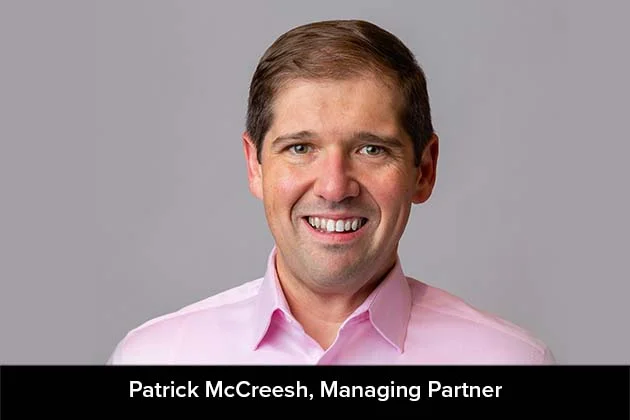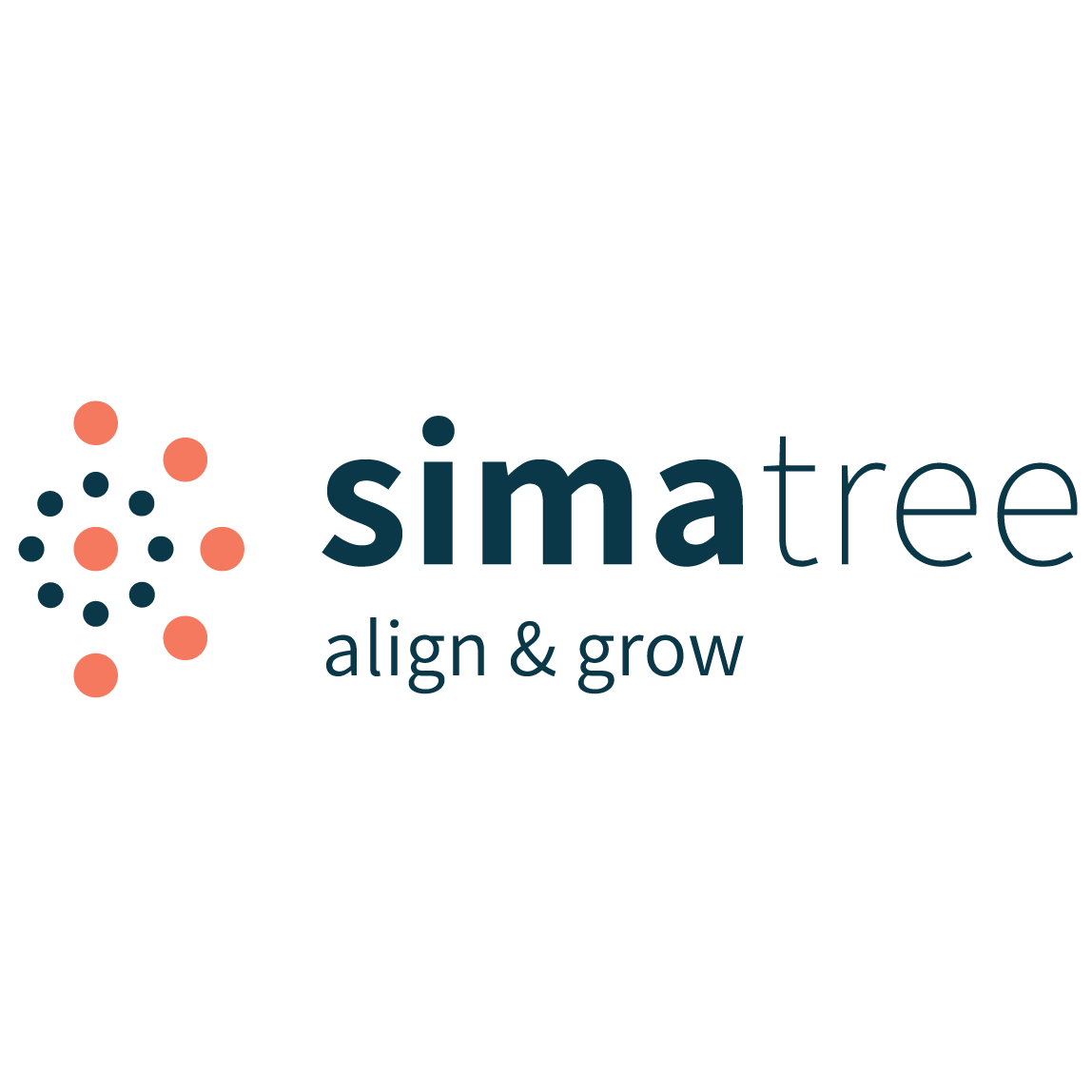Most organizations unintentionally undervalue two of their most important assets – people and data. Often they see these two things as being somewhat in conflict. But, it has become imperative for organizations to have these two concepts aligned at the same level. Simatree guides leaders to build great organizations focused on people and data. Simatree’s central goal is to help organizations align their mission, vision, and strategy to support people and drive growth.
Patrick McCreesh, the Managing Principal at Simatree, was with the CEOViews team to share details about the change they are trying to bring to the corporate world.
Simatree offers tried and tested processes, accomplished people, and an intentional culture that combine to deliver a different kind of service to their clients.
Growth story
Speaking about how it all started, Patrick said, “The journey has been one of slow and steady work, but with really strong outcomes. We started the company in 2018 to provide services to Fortune 500 companies and the public sector. In 2019, we added a public sector client and expanded with our original anchor client. That public sector client is still a client today. Through the pandemic, our anchor clients were critical to sustaining the company. We doubled down on our support for them, and they have recognized our work. We doubled the size of our business in the pandemic year of 2020 by adding a non-profit client (that we still support) and then grew rapidly again through 2021 by adding some more commercial and public sector clients. In 2022, we are sustaining most of these clients and are going to come close to doubling the size of the business from the previous year.”
Services
Simatree offers tried and tested processes, accomplished people, and an intentional culture that combine to deliver a different kind of service to their clients and they still are a client today. Their processes are developed through years of expertise across industries to be applied in the sectors of digital transformation, analytics, and strategic growth. Their people come from a variety of proven roles, such as top consultancies, excellent training, educational programs, and even their client institutions. Their culture has come from the work they’ve done to create an organization that is open, gives people power, and helps people grow.
Challenges
An organization doesn’t scale without challenges, and the same goes for Simatree too. It was launched with the concept of alignment. Throughout their early years, the biggest challenge has been when they lack alignment on values with the employees, partner companies, or clients. In these situations, making decisions about their values versus revenue is very difficult, but one where consistently, they have chosen values over revenue. While this process always takes time, and the short-term trade-off can create some friction on the team, Patrick believes that they have consistently made the right decision in the end.
There is a desire to play nice in the world, but at the end of the day, Simatree wants to be a company that doesn’t shy away from hard conversations. That requires a different kind of candor that doesn’t always work with certain candidates, employees, or even clients. That’s why it starts with alignment, as Patrick described – when it works, it’s great; when it doesn’t, the challenges begin.
Simatree focuses so much on data as the central point to many client problems and solutions, that they always think about the emerging trends impacting data creation and management.
Values and vision
The values and the vision that a company sets up truly define its future. Also, it all comes together in the commitment a company makes to its clients and staff to share openly, support completely, and drive progress. They communicate openly not only within the company but also with their clients. They also ask for the same honesty from the clients. They need to know the messy stuff to help the organization truly succeed.
Second, they support their people completely. Patrick explains, “Work doesn’t stop when our employees walk in their front door, but at the same time it is impossible to be in the office without thinking about what’s going on at home.” So, leaders throughout Simatree support the team with what they truly need. Additionally, the team supports the clients with whatever they need with great flexibility. In turn, Simatree provides a full range of support from strategy through implementation for their clients.
The third piece is to drive progress. No matter where the client starts, Simatree always works to drive progress. For clients, Simatree will try to solve any problem, but they also know that a solution isn’t always realistic. Likewise, Patrick says, “We want our employees to feel the growth – for themselves and the organization. So progress is our goal for our clients and for each person that works at Simatree.”
Transforming businesses
Simatree works with clients to identify where they are on their strategic, analytic, or technological journey and then design the roadmap to take them where they want to go. Like many others in the consulting space, they start by understanding the client and what the client wants to accomplish. They then take this goal and make it their own by applying past experiences and lessons learned. People at Simatree identify the right capabilities, technologies, people, and processes that the organization will need in order to succeed at its goal.
Simatree focuses so much on data as the central point to many client problems and solutions, that they always think about the emerging trends impacting data creation and management. On data creation, they see how much data is created every day. The trend they focus on the most in data management is how to leverage emerging technology platforms (such as open-source tools, cloud-based platforms, and distributed ledger technology) to support data management, sharing, and governance. Patrick explained: “Between wearable devices, a hybrid work environment, and new virtual reality/augmented reality environments, we see not only an increase in the amount of data produced but new types of data as well. This creates new and unique opportunities for the analysis of behavior across groups and organizations. While it’s interesting to think about the impact on society at large, organizational impacts have also yet to be fully realized.”












